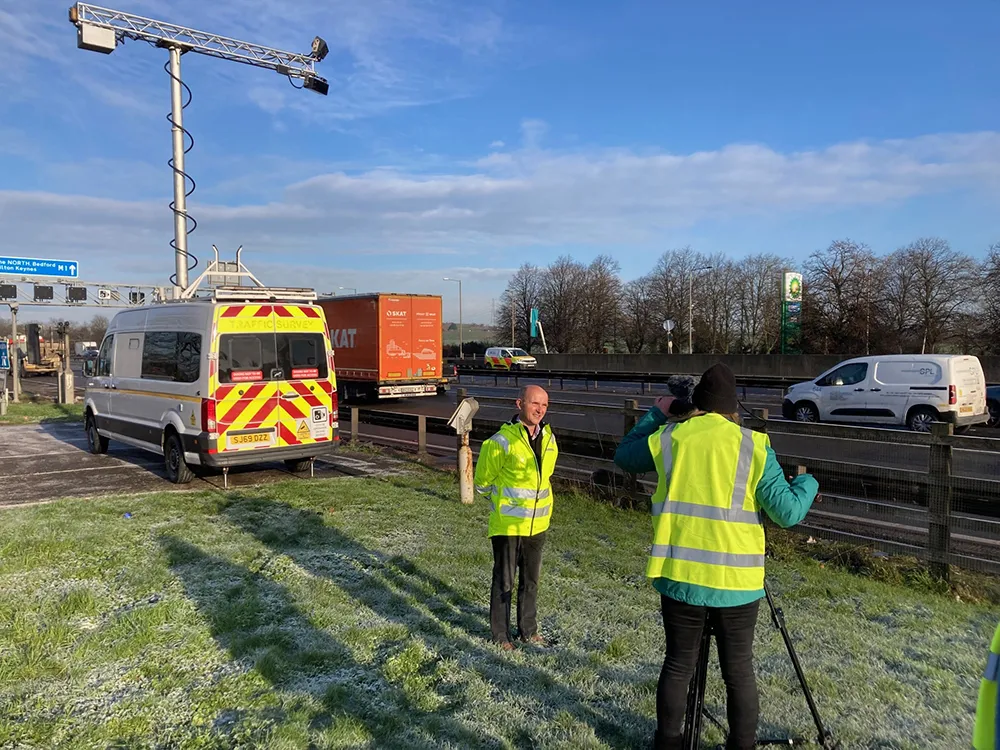A few years back, as part of ongoing efforts to better myself, I took to reading the literary classics. I
February 27, 2012
Read time: 3 mins

A few years back, as part of ongoing efforts to better myself, I took to reading the literary classics. It was a lesson in disappointment. If I might misquote a famous wit, I found Homer's Iliad so tedious that I could barely bring myself to pick it up. As for Hemingway - well, the bell may have tolled for some but not for me.
Nevertheless, it was interesting to observe just how literature shapes and mirrors society. Over time, as writers push the boundaries of acceptability, books which might once have seemed daring or avant-garde come to be really quite mundane. The language used can seem quaint, conservative. In fact, that which is acceptable can even become reversed. These days, there are those who swear quite freely in polite company. It's no longer deemed crass. And yet other words have fallen from fashion. In the process we're losing something.
Those elected to or tasked with leading society seem very nervous of words like 'mandatory'. Legislation continues to worm its way into parts of our lives where it has never been before - and, I would suggest, has no place. Our very homes are being invaded by those who feel they know best. Yet such zeal is conspicuously lacking when it comes to some of the bigger issues which affect transport.
The presumption seems to be that we should encourage rather than force the uptake or fitting of vehicle safety systems despite there being plenty of historical precedents where a more robust policy decision has saved lives. Making the wearing of seatbelts compulsory is perhaps the most obvious. We have, though, myriad other technologies which remain on the margins because of an unwillingness on the part of our leaders to oblige vehicle manufacturers and owners to use them.
Over-optimistic forecasts of technology uptake are a regrettable aspect of the ITS industry. While policy makers and suppliers might extol the virtues of safety systems, the cold reality is that many fleet operators, surviving on the thinnest of margins, won't fit them if they don't see a commercial benefit or see their competitors doing so.
The situation is in many respects even worse in the vehicle rental sector, where the per-day rental charge is the overriding criterion. Having recently completed a house move, I know that the vans and trucks driven by the occasional user are often very much less well-equipped than the equivalents which are driven by professionals. It's an absurd state of affairs.
Apologists will point to liability: that the auto companies are worried by the potential legal burden of adding increasing amounts of technology to vehicles.
Really? Are we seriously to believe that between them governments and some of the world's biggest commercial concerns don't have access to counsel that would allow them to draft legislation watertight enough to confound the ambulance-chasers? Or is cost, once again, the villain?
The TREAD Act, which in light of the problems between Ford and Bridgestone/Firestone resulted in tyre pressure monitoring systems being mandated for vehicles sold on the US market, proved by and large that where there's a political will there's a way. Whether technology is always the answer is an entirely different matter, of course...
Current efforts to better educate the public as to the existence, need for and efficacy of current and emerging safety technologies don't go nearly far enough, quickly enough - and they don't reinforce well enough the continued social responsibility we all have when it comes to making our roads safer.
Those with executive power are being neglectful when it comes to dictating the pace of implementation. They should enshrine into law well thought-out legislation that will put off the rankly litigious. But they shouldn't - absolutely shouldn't - put off altogether the writing of those laws.
Nevertheless, it was interesting to observe just how literature shapes and mirrors society. Over time, as writers push the boundaries of acceptability, books which might once have seemed daring or avant-garde come to be really quite mundane. The language used can seem quaint, conservative. In fact, that which is acceptable can even become reversed. These days, there are those who swear quite freely in polite company. It's no longer deemed crass. And yet other words have fallen from fashion. In the process we're losing something.
Those elected to or tasked with leading society seem very nervous of words like 'mandatory'. Legislation continues to worm its way into parts of our lives where it has never been before - and, I would suggest, has no place. Our very homes are being invaded by those who feel they know best. Yet such zeal is conspicuously lacking when it comes to some of the bigger issues which affect transport.
The presumption seems to be that we should encourage rather than force the uptake or fitting of vehicle safety systems despite there being plenty of historical precedents where a more robust policy decision has saved lives. Making the wearing of seatbelts compulsory is perhaps the most obvious. We have, though, myriad other technologies which remain on the margins because of an unwillingness on the part of our leaders to oblige vehicle manufacturers and owners to use them.
Over-optimistic forecasts of technology uptake are a regrettable aspect of the ITS industry. While policy makers and suppliers might extol the virtues of safety systems, the cold reality is that many fleet operators, surviving on the thinnest of margins, won't fit them if they don't see a commercial benefit or see their competitors doing so.
The situation is in many respects even worse in the vehicle rental sector, where the per-day rental charge is the overriding criterion. Having recently completed a house move, I know that the vans and trucks driven by the occasional user are often very much less well-equipped than the equivalents which are driven by professionals. It's an absurd state of affairs.
Apologists will point to liability: that the auto companies are worried by the potential legal burden of adding increasing amounts of technology to vehicles.
Really? Are we seriously to believe that between them governments and some of the world's biggest commercial concerns don't have access to counsel that would allow them to draft legislation watertight enough to confound the ambulance-chasers? Or is cost, once again, the villain?
The TREAD Act, which in light of the problems between Ford and Bridgestone/Firestone resulted in tyre pressure monitoring systems being mandated for vehicles sold on the US market, proved by and large that where there's a political will there's a way. Whether technology is always the answer is an entirely different matter, of course...
Current efforts to better educate the public as to the existence, need for and efficacy of current and emerging safety technologies don't go nearly far enough, quickly enough - and they don't reinforce well enough the continued social responsibility we all have when it comes to making our roads safer.
Those with executive power are being neglectful when it comes to dictating the pace of implementation. They should enshrine into law well thought-out legislation that will put off the rankly litigious. But they shouldn't - absolutely shouldn't - put off altogether the writing of those laws.










